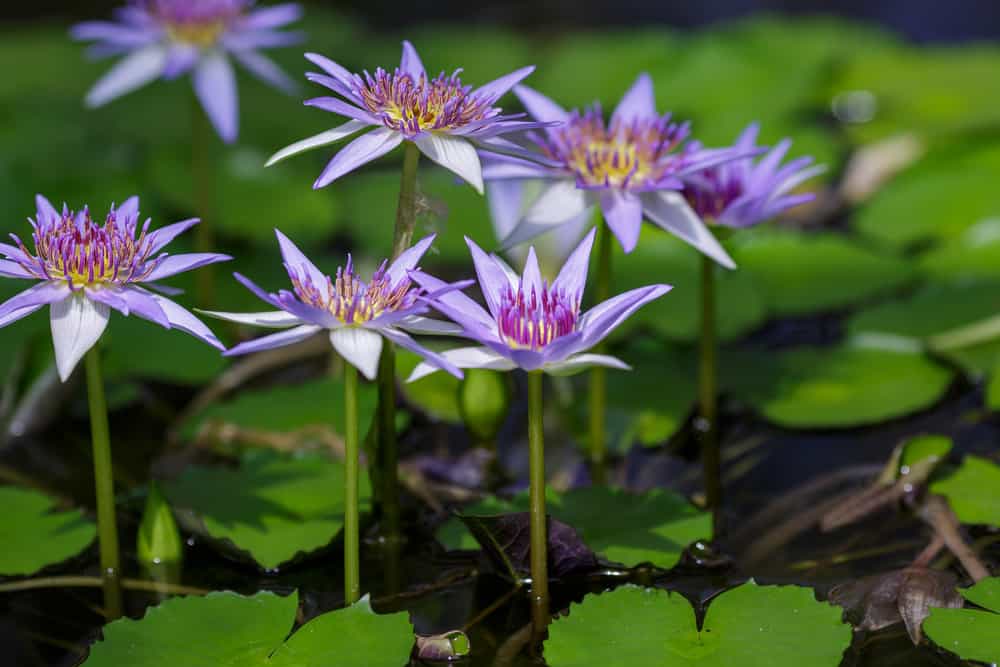Lotus Tea: Exploring its Origins, Benefits, and Rituals
– Lotus tea is an infusion made from lotus leaves, flowers, roots, fruit, seeds, or embryos.
– It is known as liánchá in Chinese, yeoncha in Korean, and trà sen in Vietnamese.
– Lotus leaf tea is made from young leaves of lotus, which are often heat-treated before being dried.
– Lotus flower tea is made from lotus flowers, with a fresh whole flower often used to make tea.
– Lotus fruit tea is made by infusing dried lotus fruits.
– Lotus seed tea is made by infusing lotus seeds, which are steamed and dried.
– Lotus embryo tea is an infusion made from lotus embryos.
– Lotus root tea is made by infusing dried lotus root slices or mixing lotus root powder in hot water.
– Vietnamese lotus tea combines green tea with the natural scent of lotus.
– Lotus tea offers a refreshing flavor with a slight astringency, mellow taste, and sweet aftertaste.
– Lotus tea originated during the Nguyen Dynasty in Vietnam.
– In the past, lotus tea was exclusively brewed for kings.
– Modern lotus tea is made by putting lotus stamens in a jar with green tea leaves overnight or baking them together.
– The quality of the tea determines the number of lotus flowers required, up to a thousand per kilo of lotus tea.
– Vietnamese lotus tea is given to esteemed guests as a gesture of hospitality and respect.
– The EGCG antioxidant in green tea can strengthen the immune system.
– The alkaloid content in lotus flowers acts as a natural depressant to reduce stress and anxiety.
– Lotus tea has a low caffeine content (25-50 milligrams per 230 milliliters) and along with L-theanine, it can improve memory and reduce fatigue.
– Lotus tea contains potent antioxidants such as tannins, flavonoids, and vitamin C, which can help prevent cardiovascular disease.
– Lotus tea contains three potent antioxidants (tannins, flavonoids, and vitamin C) that help prevent stroke and cardiovascular diseases.
– Drinking lotus tea may lower fasting glucose, A1C, and fasting insulin levels, and its potassium content supports sugar regulation in diabetes patients.
– Lotus tea enhances metabolism, prevents the absorption of fats, and reduces fat accumulation in the body.
– Antioxidants in lotus tea like vitamin C and EGCG offer anti-aging benefits and promote healthy skin.
– Traditional Vietnamese lotus tea is made with high-quality green tea infused with the fragrance of lotus flowers.
– Around 1,300 to 1,500 lotus flowers are needed to produce 1 kg of tea.
– Green tea from Vietnamese provinces like Thai Nguyen, Ha Giang, and Bao Loc City is used to make Vietnamese lotus tea.
– The green tea and lotus rice are blended layer by layer for a couple of days and then sieved to remove the rice and dried multiple times.
– To enjoy Vietnamese lotus tea, rinse the teapot with boiling water, steep the tea leaves for about 3 minutes, and use water at a temperature of 80-85°C.
– Vietnamese lotus tea can be found in supermarkets and grocery stores across Vietnam, with West Lake lotus tea Hanoi considered the best brand.
